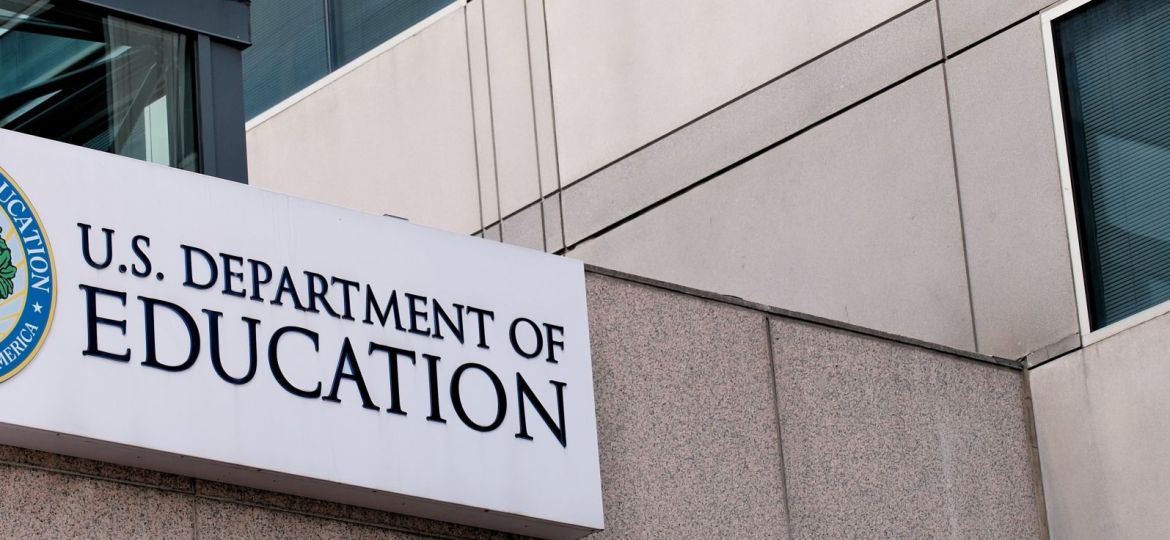The NIH BRAIN Initiative provides funding for next generation neurotechnology. Much work remains to be done to establish the scientific basis for next-generation neurotechnologies….
Small & Mid-Sized Colleges & Universities
Community Colleges Expand Access and Opportunity in Higher Education Many community colleges serve a higher population of disadvantaged students that need additional support, yet face challenges accessing federal funding that supports this population. …
New Funding Opportunities for SBIR/STTR Frozen Despite the recent deal to fund the government through January 30, 2026, the legislation signed by President Trump did not contain a reauthorization…
Federal Government Reopens to Grant Review Delays The federal government reopened last week on November 13, 2025, after Congress passed…
The Department of Education (ED) Fund for the Improvement of Postsecondary Education – Special Projects (FIPSE – SP) The recently…
The California Department of Education (CDE) has released Round 2 of the After School Education and Safety (ASES) Universal Grant Opportunity …
A Long and Intertwined History of Faith and Higher Education The history of religion and higher education have been intertwined…
A Shutdown and a Shifting Policy Landscape On Wednesday, October 1st, 2025, both Republican and Democratic proposals to keep the government open and funded, failed, marking the 15th government…
Faculty morale, redux, again In my previous life as an academician, I looked forward to mid-September when the chaos of…
The U.S. Department of Justice (DOJ), Bureau of Justice Assistance (BJA) is now accepting applications for the annual Student, Teachers,…










